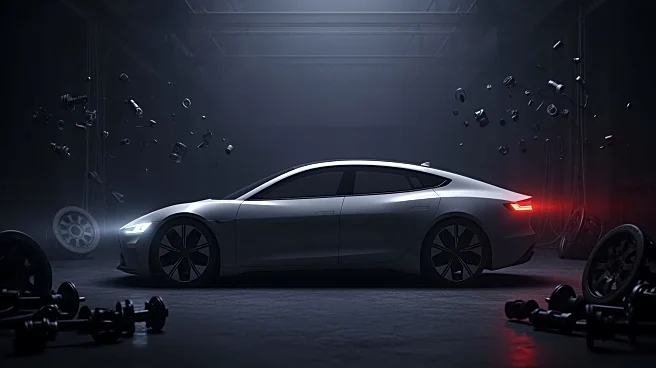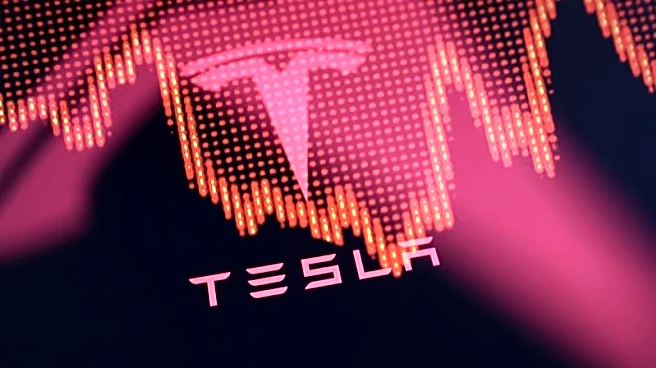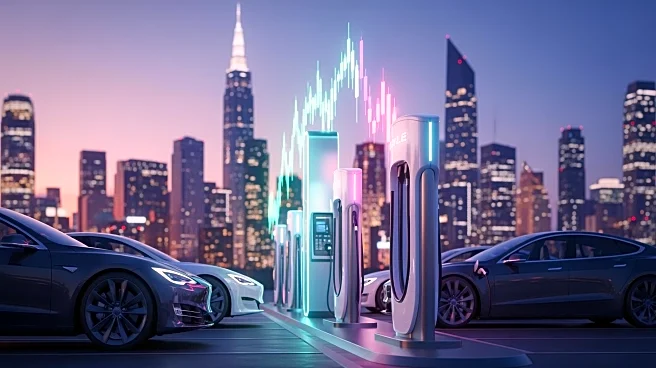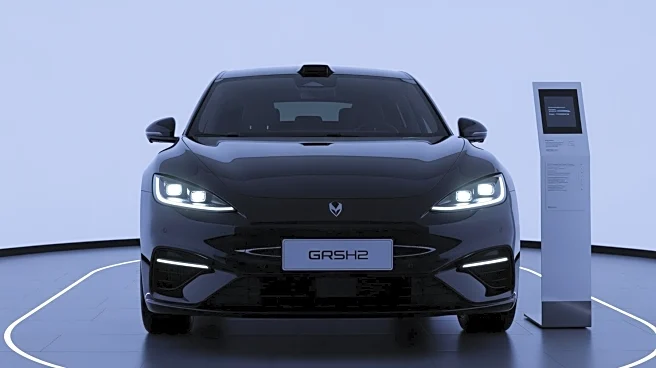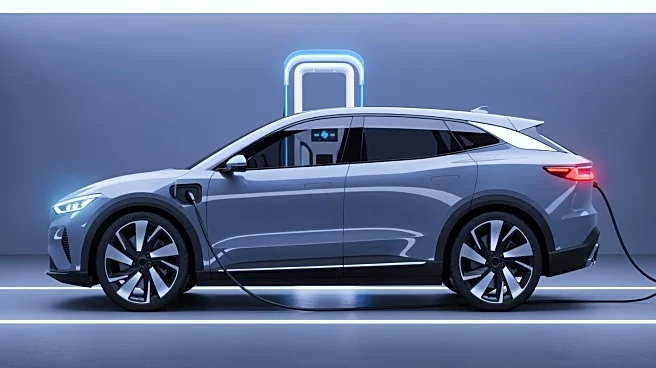What's Happening?
Global light vehicle production is projected to decrease by 1.6% to approximately 78 million units in 2025, with significant declines in Europe and North America. This downturn is attributed to slower-than-expected
growth in the electric vehicle (EV) market and consumer uncertainty in the U.S. The forecast also considers potential disruptions from a semiconductor shortage due to Chinese export restrictions. Major automakers like Rivian and Lucid are experiencing varied production changes, with Rivian's production expected to fall by 25% and Lucid's to grow by nearly 50%, albeit still representing a small share of regional production.
Why It's Important?
The decline in vehicle production highlights challenges in the EV market, impacting automakers and the broader economy. The U.S. faces a 5.2% production drop, influenced by tariffs and consumer uncertainty, affecting major companies like GM, Ford, and Tesla. This situation underscores the need for strategic adjustments in production and supply chain management. The semiconductor shortage could further exacerbate production issues, affecting industry stability and economic growth.
What's Next?
Automakers may need to explore alternative supply chains to mitigate semiconductor shortages. The industry might see increased investment in EV technology to boost market growth. Companies could also adjust production strategies to align with changing consumer demands and regulatory environments. The impact of tariffs and consumer behavior will continue to be monitored, potentially influencing future production decisions.
Beyond the Headlines
The production decline may prompt discussions on sustainable practices and innovation in the automotive industry. Companies might focus on developing more efficient EV models and enhancing digital connectivity in vehicles. The situation could also lead to policy debates on trade and environmental regulations affecting the automotive sector.
